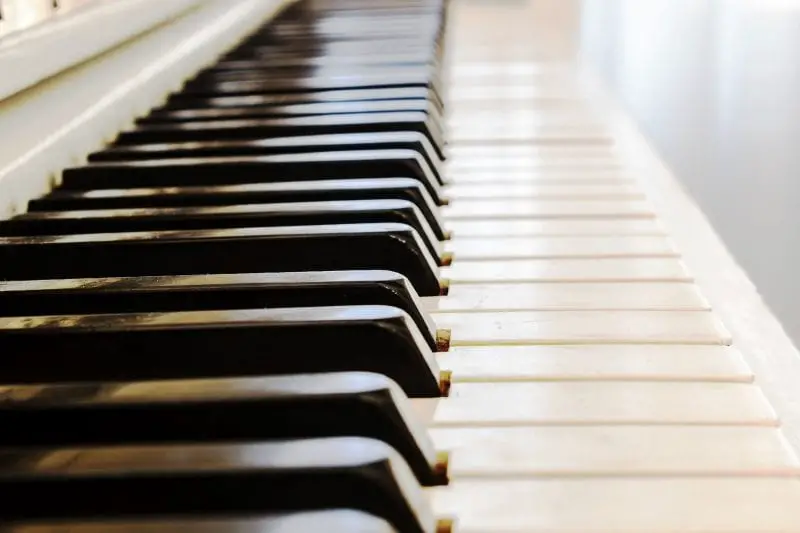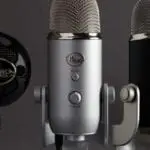The piano is an amazing musical instrument. It is probably one of the most popular as well. Pianos have captured the hearts of many music lovers because of its rich sounds, bringing musical pleasures to the audience. No matter what songs you want to play, whatever the rhythm or the melody, the piano will be able to deliver that for you. The piano is an exquisite instrument made for music lovers.
What is a Piano?
A piano is an instrument that produces sound by striking strings with attached hammers. It is a big keyboard musical instrument that is made with a wooden case. The case encloses the strings and the hammers. This musical instrument is played by pressing the keys on the keyboard.
History of Piano
Musical instruments can be classified or divided into three categories based on how they produce the sounds. The categories are wind instruments, string instruments, and percussion instruments. The origin of the piano can be traced back through different instruments such as dulcimer, harpsichord, and clavichord. It is also said that the piano is a descendant of a monochord. The piano is considered a string instrument.
The first piano was invented by Bartolomeo Cristofori in Italy in 1977. He was not satisfied by unable to control the level of volume of the harpsichord. He switched out the plucking mechanism with a hammer to create the first modern piano. The instrument was called the pianoforte because it produces notes that dynamic levels.
Cristofori’s piano was known in 1711 when an Italian writer by the name of Scipione Maffei published an article about it. Later in the 18th century, the piano has become more popular as the piano making flourished in the Viennese. It includes famous names such as Johann Andreas Stein, Nannette Streicher, and Anton Walter. The Viennese style is made of solid wood frames, leather-covered hammers, and two strings per note.
Pianos back then have black natural keys and white accidental keys the exact opposite of the modern-day piano. Pianos created during the 18th century were made by different manufacturers, and they have powerful and sustained sounds. English pianos have louder volume and heavier mechanisms, while Austrian piano has a softer timbre and lighter mechanism.
Reasons why Piano stands out from other instruments
- The piano has 88 notes of the musical scale, unlike other instruments. This is the reason why the piano can play any song and any melodies.
- It can play both higher and lower frequencies compared to other instruments.
- Pianos are considered as the foundation of many musical instruments.
- It teaches both treble and bass clef.
- The piano allows playing all four harmonic music parts. In cases of some instruments, they only play one note at a time.
- When you master the art of playing the piano, it is much easier to play other instruments as piano teaches the foundation of playing a musical instrument.
- The best part of learning the piano is that it teaches maximum coordination. It teaches coordination of the mind to the hands and feet.
How to Play the Piano?
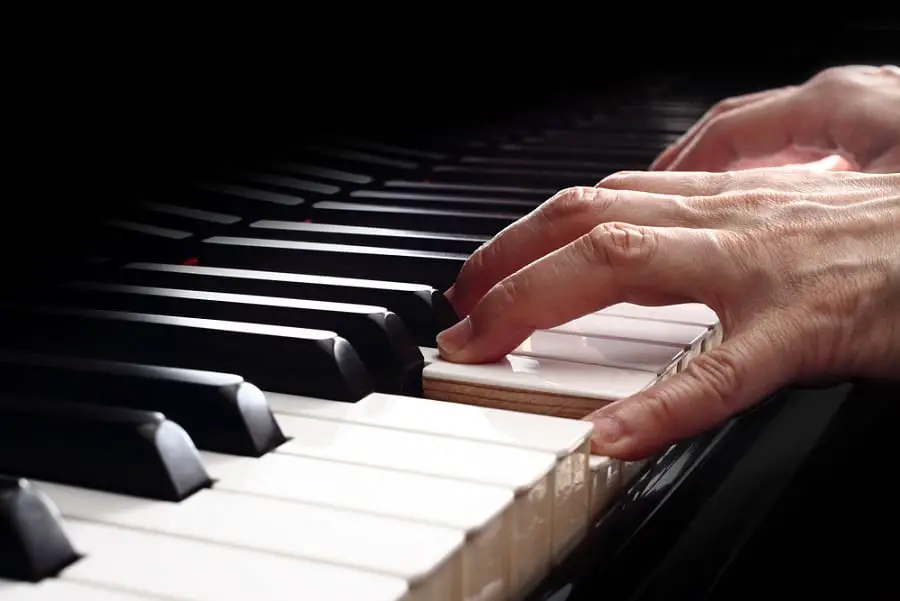
Learning how to play the piano can be challenging. You may find yourself staring at these amazing instruments, and your fingers are itching to touch the keyboards. The instrument might be intimidating as you look at it, but do not be overwhelmed; you can manage for as long you know the basics. So, where to begin?
- Start from the basics – just like in the movie sound of music, start with the very beginning, know your do-re-mi, or simply know your basic notes. Do, re, mi, fa, so, la, ti, and do is the basic notes in singing or playing a melody. Get to know your notes, and then let’s begin.
- Know the octaves – The piano covers 88 notes, and you need to manage it into manageable chunks. As you look closely, you will see that the keyboards have a pattern on how the keys are laid out. The pattern is that the 12 keys repeat themselves. The sequence is what we call as the Octave. A traditional piano has 88 keys and is split up to 7 octaves.
- Find the Middle C – now that you were able to identify the octaves, it will be easy for you to find a specific note. The first note that you need to find is Middle C. In finding the Middle C note, the grouping of two black keys and play the white key that can be found just below the lowest black key. The pattern can be found across the whole keyboard. So to find the “C” note, just go and find the grouping of two black keys. The Middle “C” note is the fourth “C” in the order of the keyboard, counting from the bottom. The Middle “C” is important as it is the base for learning how to play music on a piano.
- Know and name the notes – So you have found the middle C, it is time to get yourself acquainted with the other notes that composes the octaves. These notes are also in letters. Stay focused on the white notes. Starting from the C note, D, E, F, G, A, B, and then the pattern repeats with the rest of the octaves.
- Proper Fingering – If you are a beginner in playing the piano, you must know where to place your fingers. To make things easier for you, number your fingers. The numbers start from # 1, which for the thumbs and # 5 for the pinky fingers. To this in both hands.
- Time to play the scales – Now that you know the notes and the fingers that correspond to it, you can start playing the scale. A musical scale is a collection of related notes; they are usually ascending (going up) and then descending (going down). The scale of a piano is different from other instruments because it can be played by both hands at the same time. If you are playing the scale on the left hand, the same rules apply only that the fingers are mirrored. The pattern is 5, 4, 3, 2, 1, 3, 2, 1. It is the same with the right hand, but I this case, the middle finger crosses over to continue playing the scale. Practicing the scales will enable you to get yourself acquainted with the piano. It is also a great form of exercise as your fingers play with the keys.
What are the ways to learn to play the Piano?
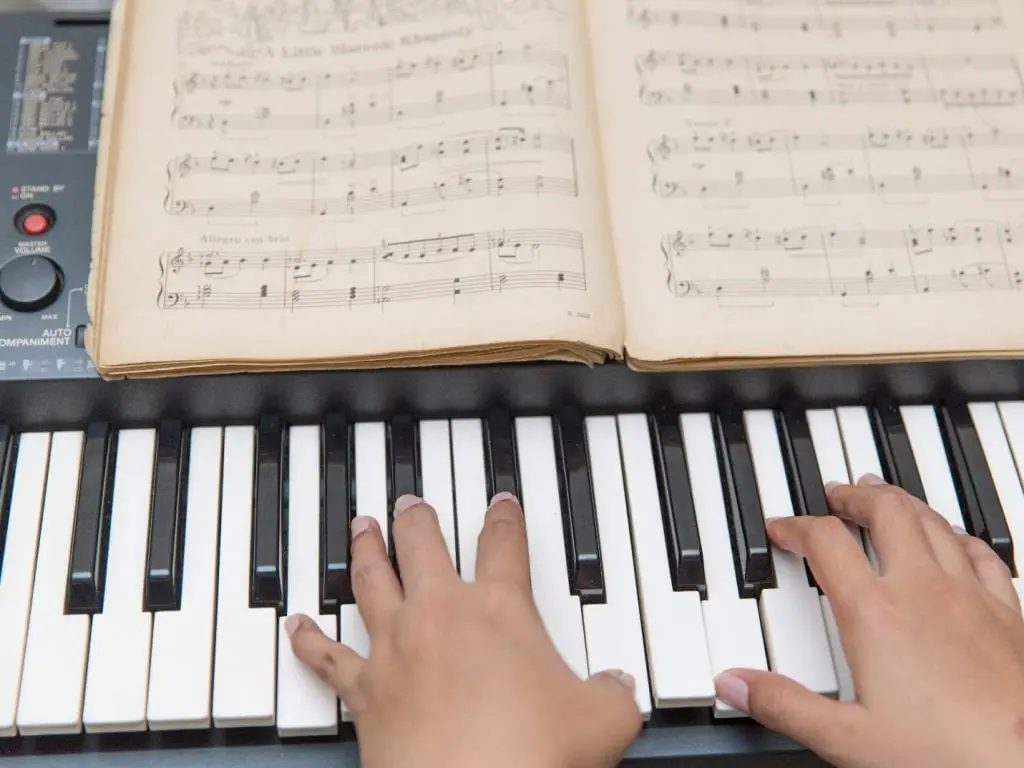
Some ways would help you in realizing your dream to play the piano. Either of these ways will show you the right and proper way to play this amazing device. It will teach you more than just playing, but also it will enhance your skills and will allow you to get yourself acquainted with the instrument.
- The Traditional Way – the oldest way of learning the piano. This method was used during the birth of the instrument. The traditional way includes mentorship, where there are a teacher and a student. There the accountability of a skilled and highly qualified instructor. There are scheduled classes, and there are modules or lessons learned during each class. Private piano lessons are advantageous because it has a private instructor who is very skilled and qualified, follows a standard curriculum, offers personalized learning pace, including technique, theory musicality, and posture.
The traditional method also covers attending music schools. The music education center also has a standard curriculum, solely focused on learning the piano. They have skilled and qualified instructors, and they answer the student’s questions. These centers will also
grant student access to more advanced skills training.
- New Technological Methods – as technology affects everything that we do, it has also paved the way for newer methods in learning how to play the piano. With the help of the internet, there are online piano courses in which you can enroll and learn how to hone your skills. Some videos and tutorials resemble the traditional way of learning how to play the piano only that you are not in a regular classroom. The easy to follow videos will guide you as you learn. There are also software and applications that can be downloaded by beginners and professionals as well. This software has lessons and will give you access to an extensive music library. The advantage of using these software platforms is that you can connect your digital piano or keyboard directly to the app.
The modern methods have a lot of advantages as it can be flexible (time and place) and makes use of technology to be able to teach and give many options which are not limited for a particular genre.
Popular tricks in playing the piano
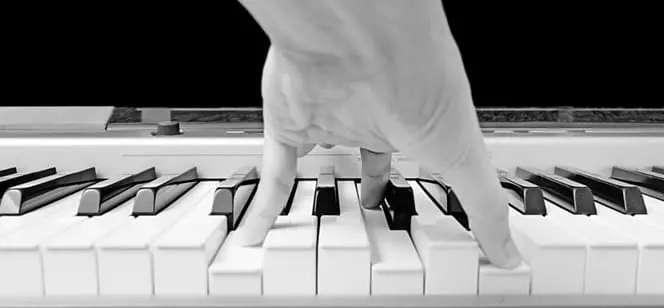
Now that you know the basics of playing the piano, you would want to learn to enhance your skills. There are beautiful musical pieces that you would want to play. Remember, playing the piano also depends on which skill level you have. You would want to play advanced and masterpieces from Mozart, but your skill level may still be a beginner. Great musicians have spent years getting to where they are. Learning the piano and mastering it does not happen overnight. It requires a great deal of discipline and perseverance to be able to master the keys and play like a Master.
Here are the top 10 tricks to help you enhance your piano skills:
- Ear Training – Ear listening is one of the best ways to improve your skills. Listening to other music artists, professionals at that matter will give you feel and give you an idea of how they do their craft. It’s like doing research. Watching other professional piano players will let you learn from the masters and may inspire you to be good and better un what you do.
- Proper hand movement and finger position – this is part of the basics. In practicing on the piano, make sure that you apply all the basics. Be very careful with your finger positioning and hand movement. These details may be some important, but in playing the piano, these are important and integral parts if you want to become a very good piano player. Playing the piano is all about hitting the keys, and the fingers and the hand are at work. So never disregard this important detail.
- Keep the rhythm going – Tempo and rhythm are the basic elements of any musical piece. Once the tempo and the rhythm go wrong, everything is wrong. If you are to play a song using a piano, make sure that you play it with the right tempo and rhythm. Unless you are trying to do some improvisation, then perhaps it can be an exemption.
- Have a flexible approach – Practice at your own pace. Do not put so much pressure on what you do. Be sensitive. Don’t hit the keys with too much pressure. Let your finger glide. Relax your hands and mind. A relaxed hand is very easy to control.
- Try to memorize your music – it may hard to memorize the structure and the chord, but it helps. It can simplify playing your music. In memorizing, you can start by dividing the music piece into sections. This will simplify memorizing for you.
- Be accurate rather than fast – when you are still a beginner, accuracy matters rather than speed. Speed happens after constant practice.
- Find the right music piece – this is very important, especially if you are to put what you have practice into use. This is simple. If you are a beginner, find a piece that will match your skill. The skill progresses as your knowledge of playing the piano also progresses.
- Practice makes perfect – The golden, perhaps, consistent practice is the key to become a good piano player. Start with the warm-up, exercising your hands and fingers before playing a musical piece. If you have a musical piece to play, practice playing it until you perfect it.
The piano is not a complicated instrument. It is not easy nor difficult to learn. The secret to mastering the instrument is knowing the chords and the basic playing technicalities. Master and professional music players did not learn to play their masterpieces overnight. It took a lot of discipline, passion, and practice to play beautiful masterpieces.

